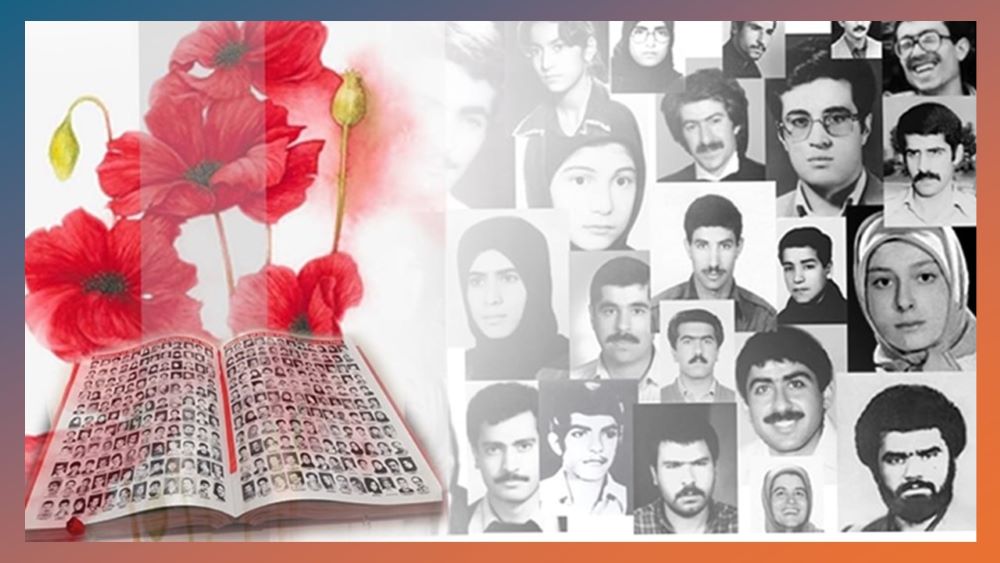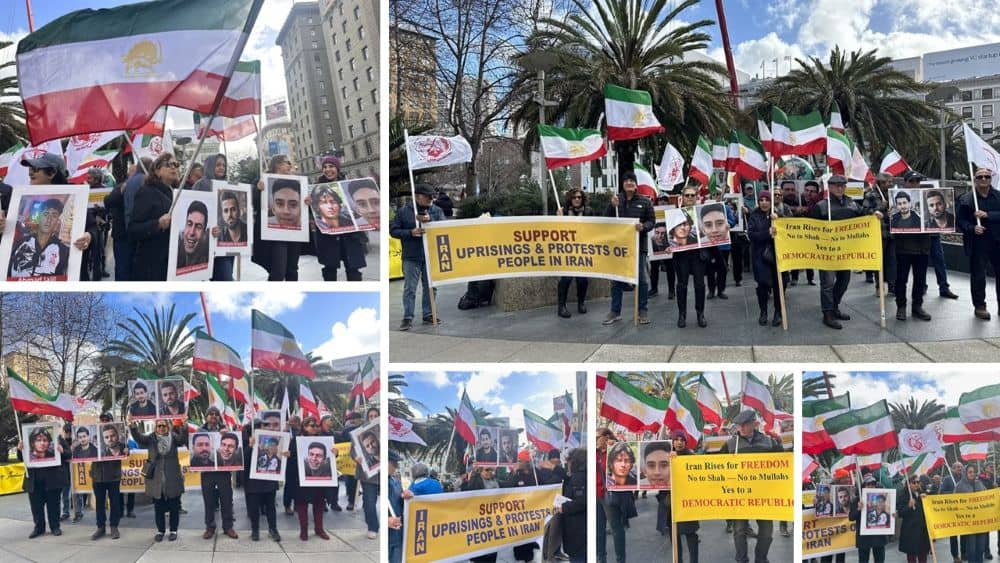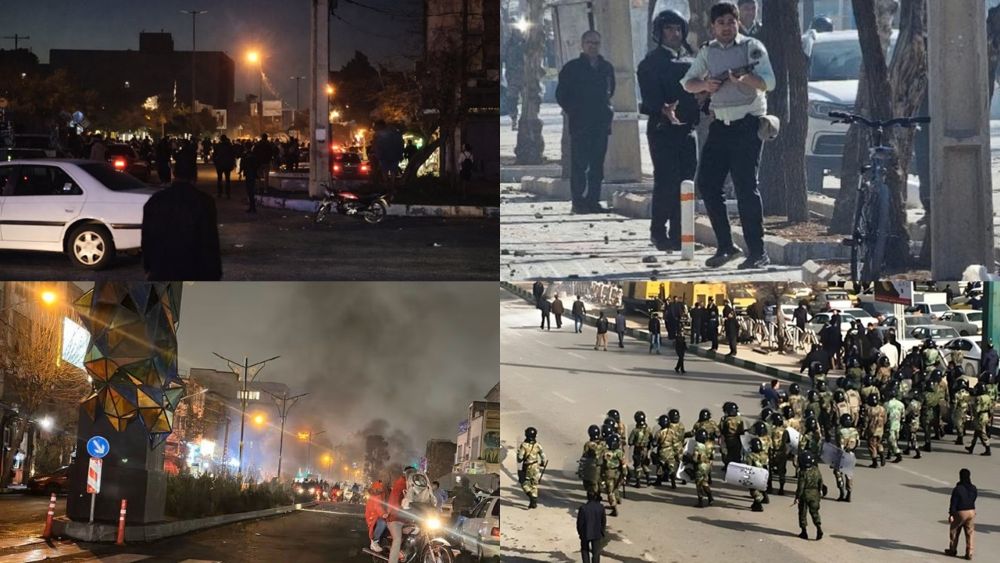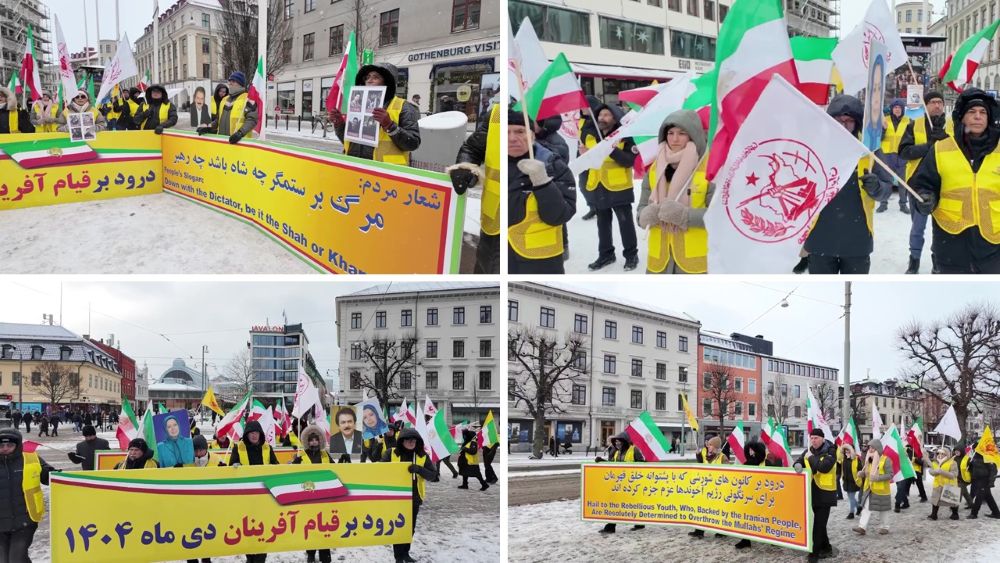
Iran’s clerical regime finds itself entangled in a complex web of problems, stemming from decades of extensive crimes, totalitarian rule, and power concentration in the hands of the Supreme Leader, Ali Khamenei.
At the core of these interconnected issues lie three fundamental factors: political, economic, and religious crimes. These elements are widely believed to be the ultimate catalysts for the regime’s downfall, affecting all its factions and groups.
The impact of these crimes reverberates through the lives of all Iranians, both within and outside the country’s borders. This widespread effect accelerates the political and social consequences that inevitably rebound upon the regime itself.
A dark history of bloodshed mars the regime’s past: victims of the Iran-Iraq war, martyrs from the executions of the 1980s and the 1988 massacre, casualties of chain murders, innocent passengers of a downed Ukrainian airliner, and those who fell during uprisings. This grim legacy cannot be erased by false pretenses of change or transformation.
Contrary to the expectations of Khomeini, Khamenei, and their operatives, the repercussions of political and religious crimes have, since the 1980s, rebounded upon the regime with increasing intensity.
These transgressions continue to haunt the leadership, manifesting in various forms of resistance:
- Successive uprisings over the past two decades
- Continuous protests across diverse social strata
- The invincible resilience and victorious perseverance of women
- The constant proliferation of Resistance Units
- Generations of youth rebelling against the regime’s retrograde ideology
- The historic, admirable, and undefeated resistance of political prisoners
This resilient spirit embodies the true face of Iran: a nation seeking justice, rejecting all forms of dictatorship, and demanding the overthrow of the clerical reactionary regime.
The massacre of political prisoners in the summer of 1988 holds particular significance in this narrative of resistance. Khomeini’s religious decree for mass executions that summer, aimed at destroying resistant political prisoners, has had far-reaching consequences. Today, the ideological descendants of those prisoners continue to challenge the regime from within its jails, bringing the repercussions of Khomeini’s actions to the doorstep of his successors.
On the anniversary of the 1988 genocide, prisoners issue statements that go beyond mere commemoration. These declarations serve to honor their historical legacy and spread their message of resistance across Iran. These statements highlight how the ideals of those massacred in 1988 continue to proliferate, serving as a form of ongoing retribution against Khomeini’s heirs.
The justice-seeking movement in Iran continues to gain momentum, both domestically and internationally. The issue of the 1988 massacre and the killings of the 1980s has been globally recognized, as evidenced by its inclusion in reports by the United Nations Special Rapporteur.
Despite ongoing executions and new death sentences, the spirit of resistance remains unbroken. The prevailing sentiment among dissidents is that the regime’s traditional tools of oppression – execution, imprisonment, and torture – have lost their effectiveness. The regime finds itself increasingly cornered, with no viable escape route from the consequences of its actions.
This ongoing struggle was exemplified on August 6, 2024, when female political prisoners in Evin Prison protested the execution of Reza Rasaei and the assault on women by prison guards, as part of the “Tuesdays Against Execution” campaign.
As Iran moves forward, the legacy of resistance continues to shape its trajectory, offering hope for a future where justice prevails and the voices of the oppressed are finally heard.



